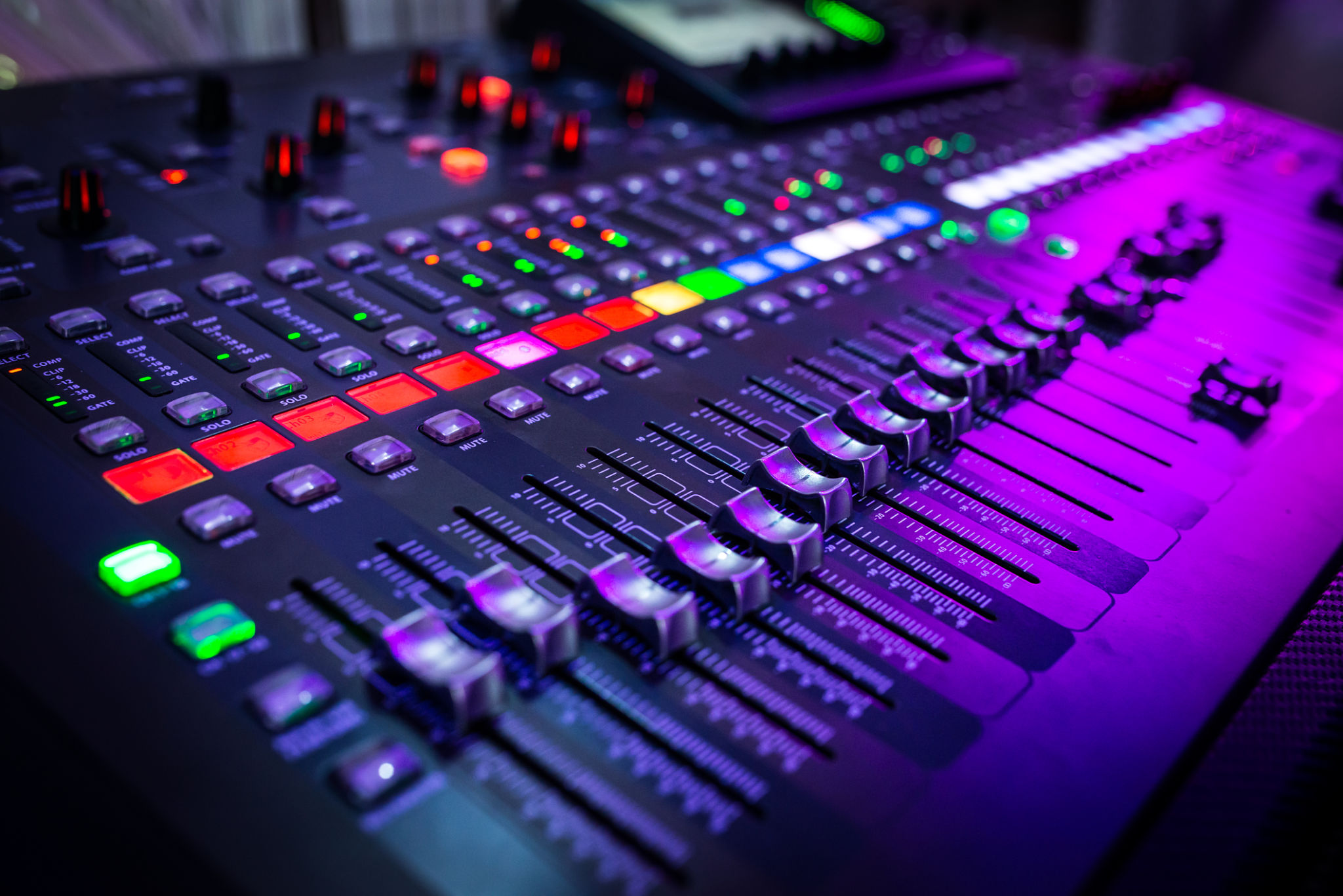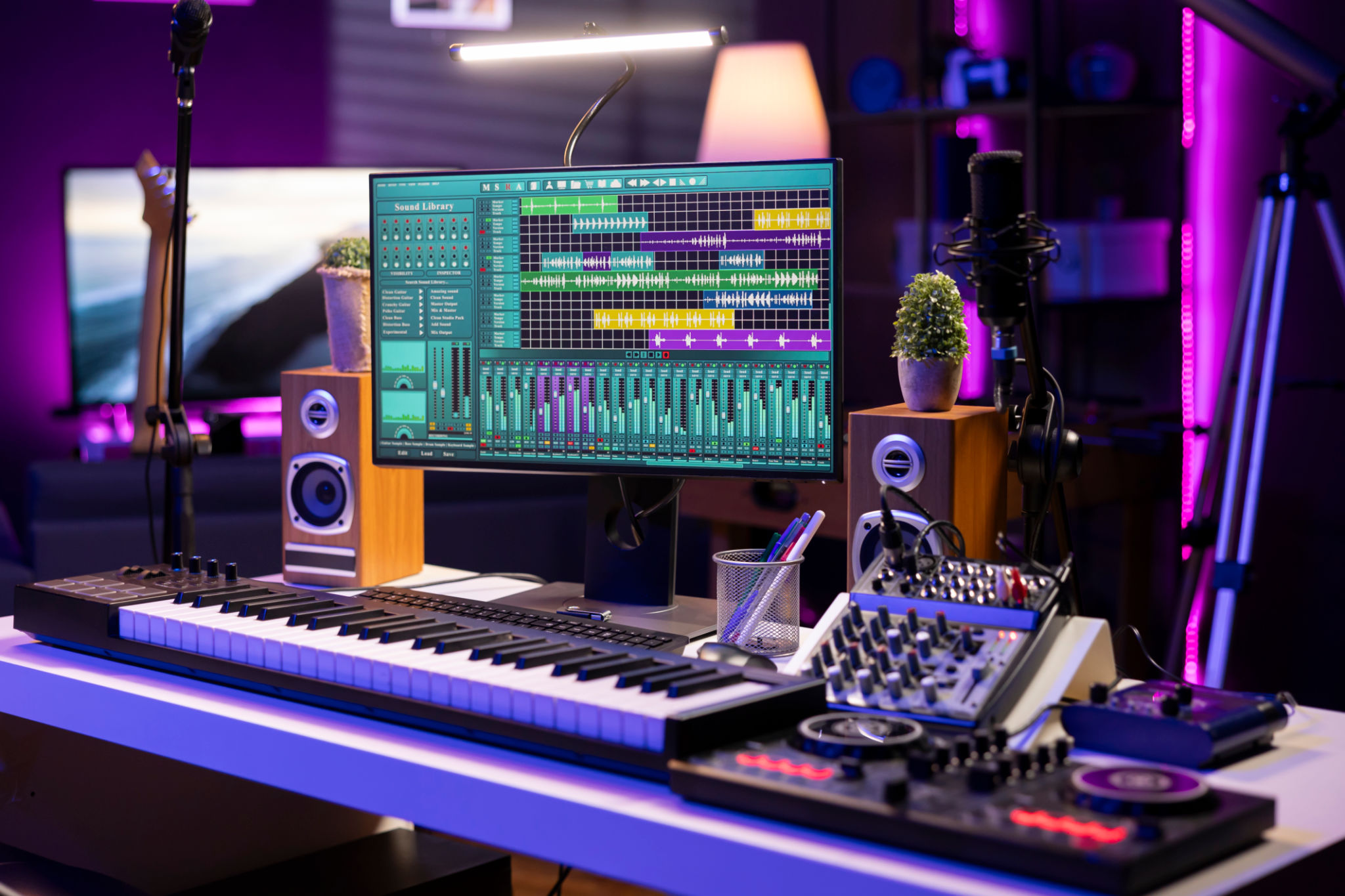Common Audio Mixing Mistakes and How Orlando Professionals Avoid Them
Understanding Common Audio Mixing Mistakes
Audio mixing is an art form that combines technical skill with creative intuition. However, even seasoned professionals can fall into common traps that affect the quality of their work. Understanding these mistakes is the first step in avoiding them and creating stellar audio productions.

One of the most frequent errors is over-compression. Compression can help manage dynamic range, but overdoing it can make the audio sound flat and lifeless. The key is to use compression judiciously, allowing your tracks to breathe while still maintaining control over the volume levels.
Balancing Frequency Ranges
Another common mistake is improper frequency balancing. When different instruments occupy similar frequency ranges, they can clash, leading to a muddy mix. Professionals in Orlando utilize techniques such as equalization to carve out space for each instrument, ensuring clarity and cohesion in the final product.
It's also crucial to avoid the temptation of boosting too many high frequencies. This can lead to a harsh sound that is unpleasant to listen to. Instead, aim for a balanced mix where each frequency range is represented appropriately.

Managing Stereo Field
Effective use of the stereo field is another area where mistakes commonly occur. A narrow stereo image can make a mix sound constrained, while an overly wide mix might lose focus. Orlando professionals achieve a well-balanced stereo field by strategically panning elements and using stereo widening effects sparingly.
Moreover, it's important not to neglect the center of your mix. Ensure that key elements such as vocals or lead instruments are anchored centrally to maintain focus and clarity.
Importance of Monitoring Environment
The environment where you mix can significantly impact the final outcome. Many overlook the importance of a properly treated room, leading to inaccuracies in how they perceive sound. Orlando audio engineers often invest in acoustic treatment and high-quality monitors to minimize these issues.

Finally, relying solely on headphones for mixing can be misleading. While they are useful for checking details, headphones do not provide an accurate representation of how a mix sounds in a real-world setting. Alternating between headphones and studio monitors can offer a more balanced perspective.
Conclusion: Learning from the Pros
Avoiding these common audio mixing mistakes requires attention to detail and a willingness to continually learn and adapt. By understanding these pitfalls and employing strategies used by Orlando professionals, you can elevate your audio mixing skills and produce high-quality results that resonate with listeners.